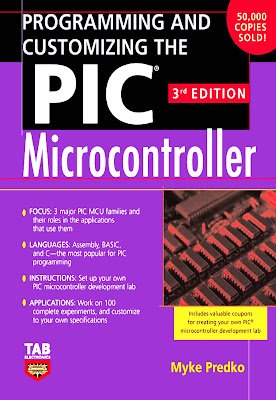 |
Energias Eficientes Capitulo 1 Energia Global y Eficiente Fuente: Canal Encuentro Reseña ¿Cómo se obtiene la energía? ¿Cómo se distribuye? ¿Cómo debemos cuidarla? Los científicos nos explican cuáles son las siete formas existentes de obtención de energía, y nos dan consejos prácticos para el uso eficiente de la electricidad y el gas. |
| Sinopsis: Enrique y Mariana Moravia, una pareja de científicos, nos llevan a diferentes plantas generadoras de energía de la Argentina para explicarnos cómo se genera, transporta y distribuye este recurso en nuestro país. Un recorrido por los procesos que involucran la energía eléctrica y el gas, desde su generación hasta su uso en el hogar. |
| Consulta el Video .AVI (157 MB) por: |
| Para los que usan Gestores de Descarga |
http://adf.ly/LnoiD
http://adf.ly/LnoiG
http://adf.ly/LnoiI
http://adf.ly/LnoiK
http://adf.ly/LnoiM http://adf.ly/LnoiO http://adf.ly/LnoiP http://adf.ly/LnoiQ |





